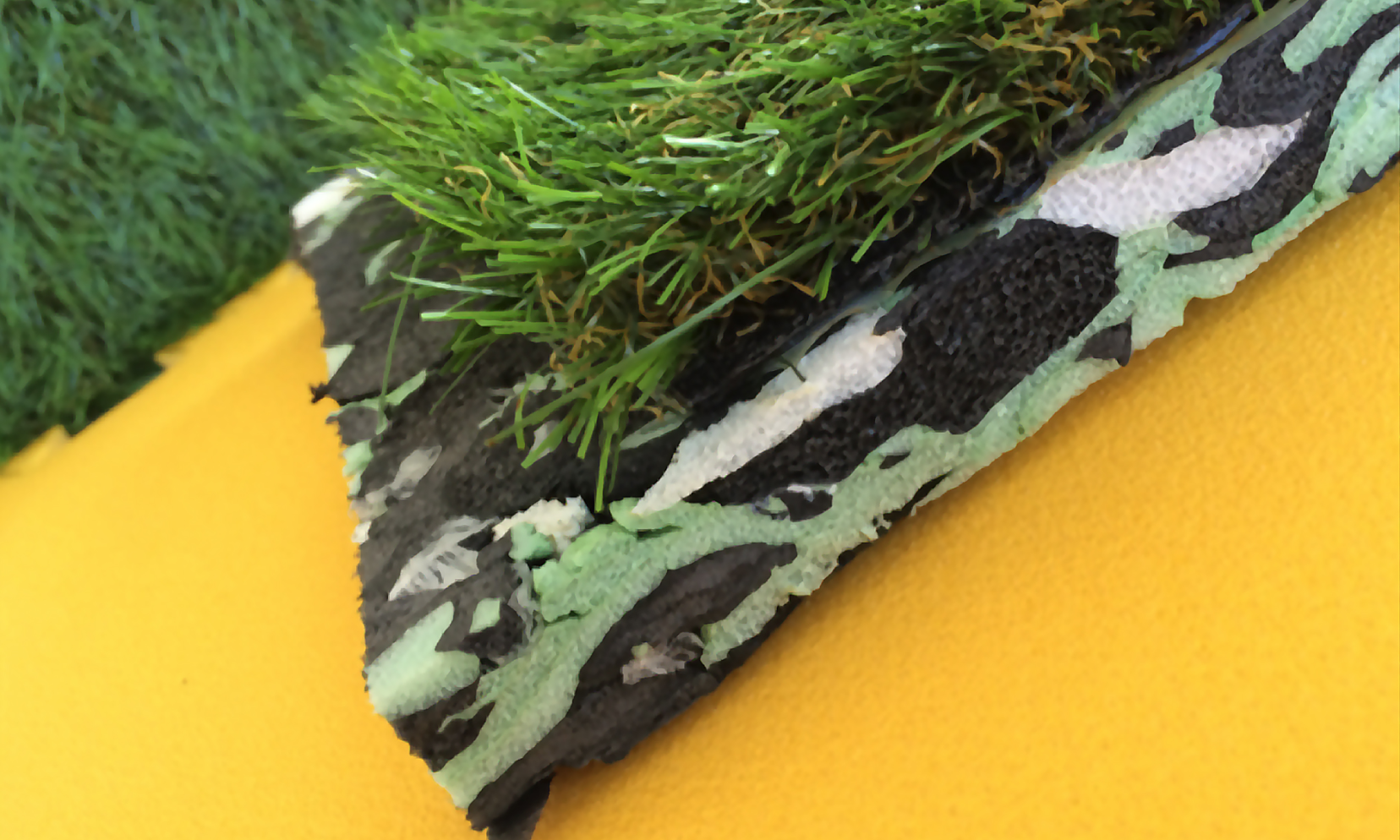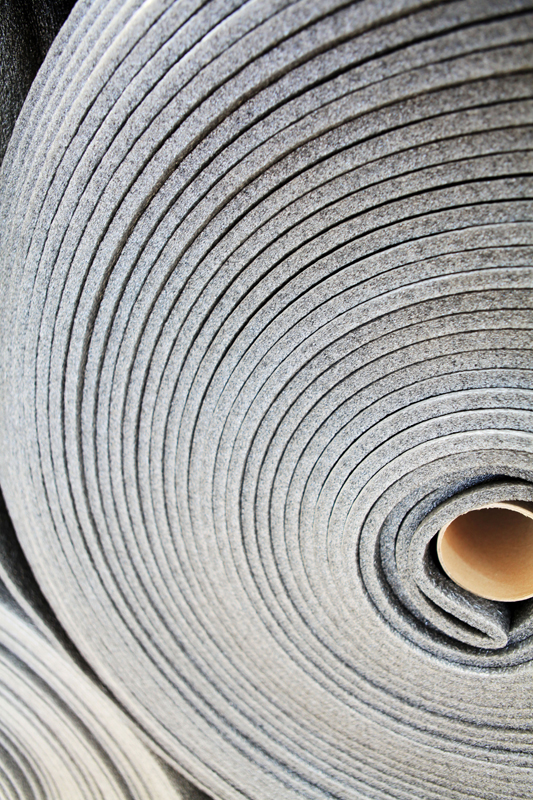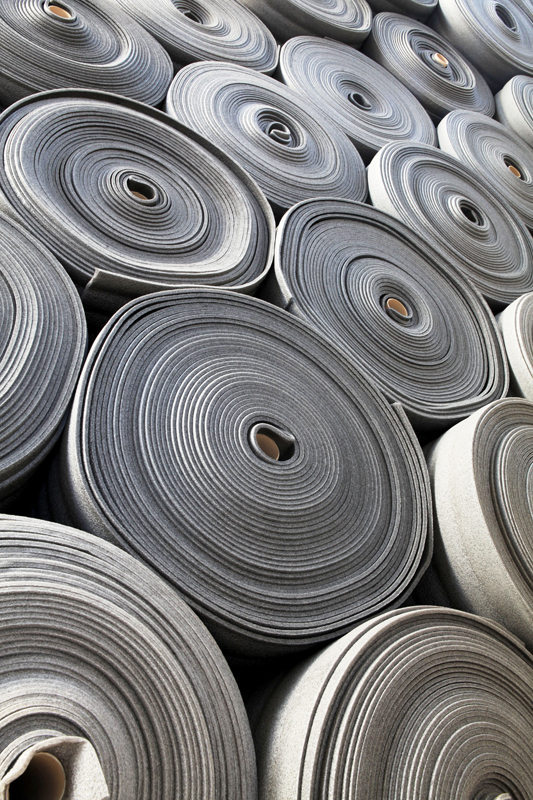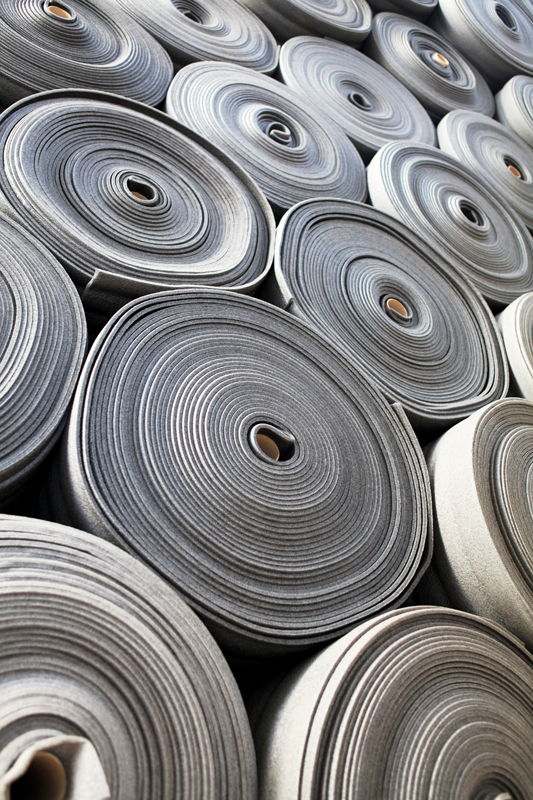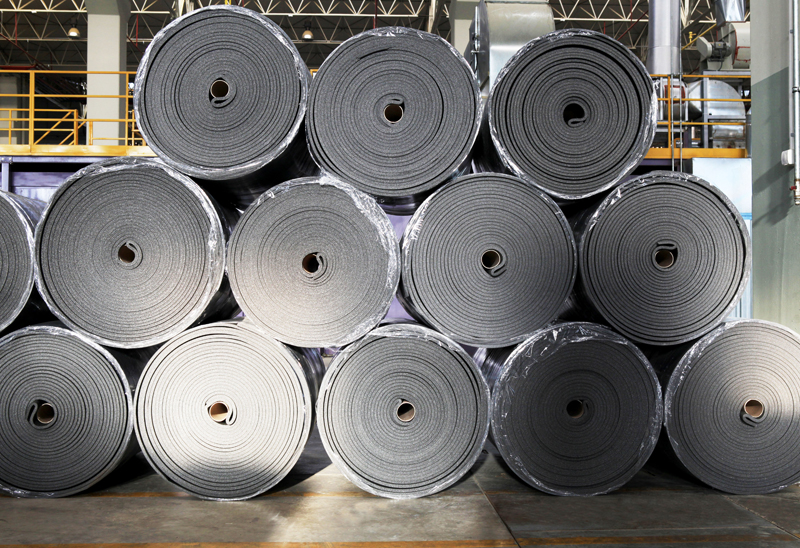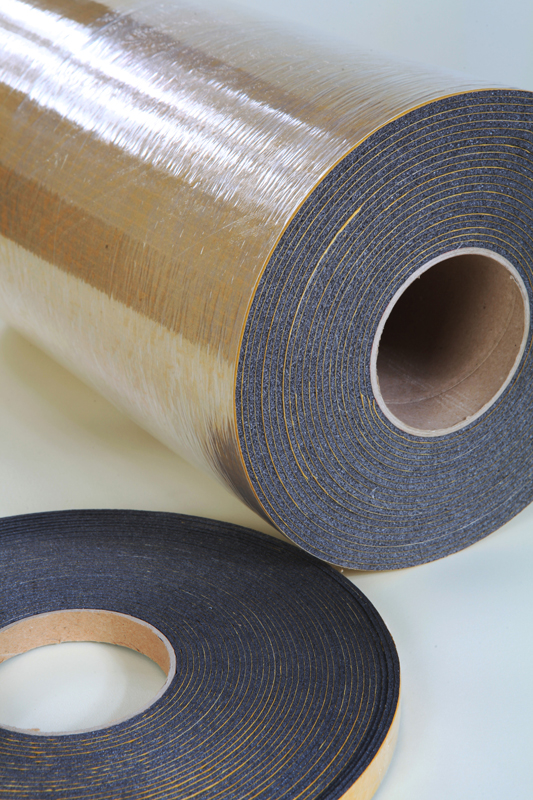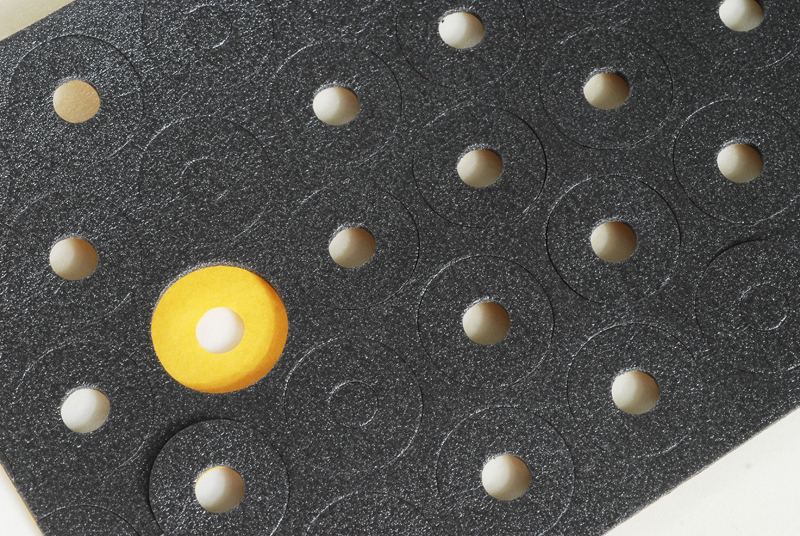Introduction: A Material Revolution 😊
Over the past few decades, I have witnessed a quiet revolution in the world of materials. One material, in particular, has steadily captured the attention of industries ranging from packaging to construction: polyethylene foam. At first, I was skeptical about how a seemingly ordinary foam could revolutionize product protection and energy efficiency. But after extensive research and hands-on experiments, I can confidently say that its popularity is no accident. In this article, I’ll walk you through my journey of discovery, sharing research findings, personal anecdotes, and a detailed comparison of the underlying properties that make this material so versatile and widely used. 😊
The Rise of Polyethylene Foam
As industries began to demand materials that are both lightweight and durable, the spotlight turned to innovative foam technologies. Polyethylene foam has become synonymous with resilience and efficiency. My research led me to discover that its closed-cell structure not only provides excellent cushioning but also acts as an insulating barrier against heat and moisture. According to industry reports, the material’s ability to absorb shocks and vibrations makes it indispensable in packaging delicate electronics, furniture, and even medical equipment. These characteristics have fueled its popularity on a global scale. 😊
Technical and Environmental Benefits
One major reason behind the surge in popularity is the material’s technical prowess. For example, when I first experimented with pe foam in a home insulation project, I was amazed at how effectively it maintained temperature and minimized energy loss. Its impact resistance also makes it ideal for protecting fragile items during transit. Moreover, an essential advantage that often goes unnoticed is its environmental impact. Polyethylene foam is non-toxic, waterproof, and in many cases, can be recyclable with proper technology. This eco-friendly profile is a significant draw for companies looking to adopt sustainable practices. I have personally been thrilled to witness how this material supports innovation while promoting environmental stewardship. 😊
Comparing the Varieties: A Table Overview
To help elucidate why this foam has become a favorite across multiple industries, I created a detailed comparison table outlining key attributes. This table compares the standard polyethylene foam with its more specialized counterparts, such as physically cross linked polyethylene foam and chemically cross linked polyethylene foam. These variations allow for tailored applications based on a project’s specific needs.
| Type | Production Process | Key Properties | Common Applications |
|---|---|---|---|
| Polyethylene Foam | Standard extrusion and expansion | Lightweight, shock-absorbing, excellent insulation | Packaging, flotation devices, construction padding |
| Physically Cross Linked | Enhanced by pressure and gas injection | Stronger cell structure, superior load-bearing capacity | Industrial insulators, automotive components |
| Chemically Cross Linked | Uses chemical blowing agents | Uniform cell size, high precision in density control | Medical devices, high-quality consumer goods |
This table not only shows the distinct methods of production but also highlights why each variant is selected for specific applications. For instance, chemically cross linked polyethylene foam is preferred when precision is crucial, while the regular polyethylene foam works wonders in general packaging needs. Such detailed differences have contributed immensely to the material’s versatility and growing popularity. 😊
Personal Experience: From DIY Projects to Industrial Applications
Let me share a bit of my personal journey. A few years back, I embarked on a DIY renovation project where I used polyethylene foam to upgrade the insulation in my workshop. The transformation was nothing short of remarkable. Not only did the foam significantly reduce energy costs, but its lightweight cushioning also protected delicate tools and electronic equipment from vibration and shock. Moreover, the material’s resistance to water and chemicals gave me peace of mind during rainy seasons. This hands-on experience made me a firm believer in the product’s endless possibilities.
Innovative Applications That Keep Surprising Us
One fascinating aspect of pe foam is its ability to adapt to a myriad of applications. Beyond insulation and packaging, this material has made its mark in the world of sports equipment, where its shock absorption greatly enhances safety and performance. I’ve also seen it used in artistic installations, where designers create sculptural pieces out of foam fragments. This blend of utility and creativity is a theme I truly cherish—it reminds me that innovation can turn even the simplest material into a canvas for expression. 😊
Cost Efficiency and Sustainability: A Balancing Act
In today’s economic climate, cost efficiency and environmental sustainability are more important than ever. Polyethylene foam offers a unique blend of both. Its low density reduces shipping costs, while its durability ensures long-term performance. Moreover, the material’s closed-cell nature means that it resists moisture and chemical attacks, thereby reducing waste and the need for frequent replacements. This alignment with eco-friendly practices is a key factor driving its adoption across various industries. From a personal standpoint, knowing that I am choosing a material that supports sustainability makes every project even more rewarding. 😊
Future Prospects and Industry Innovations
As I look to the future, I am excited by the innovation that continues to surround polyethylene foam. Advances in recycling technology and manufacturing processes are opening new avenues for its use. Researchers are actively exploring ways to further enhance the properties of this material by optimizing its cellular structure and blending it with other eco-friendly polymers. These breakthroughs promise not only to expand its applications but also to address some of the environmental challenges traditionally associated with foam products.
Wrapping Up: Why the Popularity Is Here to Stay
In summary, the popularity of polyethylene foam is driven by its multifaceted benefits—ranging from superb cushioning and insulation properties to its cost efficiency and environmental sustainability. Whether you are an entrepreneur looking for reliable packaging materials or a DIY enthusiast eager to explore new creative avenues, the versatility of this foam is undeniable.
My personal adventures with polyethylene foam have not only transformed my projects but also enriched my perspective on material innovation. Its remarkable combination of performance and adaptability has set it apart from conventional alternatives, making it a staple in industries worldwide.
To offer a glimpse into the broader industrial landscape, check out this location on Google Maps, where one of the leading foam manufacturers is based:
In closing, the story of pe foam is one of innovation, adaptability, and visionary engineering. Whether it’s protecting delicate gadgets during transport or elevating the comfort of our everyday living spaces, this amazing material continues to surprise and delight me. Its journey from a niche industrial material to a mainstream staple is a testament to the power of forward-thinking design and persistent innovation. So next time you enjoy a well-packaged product or feel the cozy insulation in your home, remember that behind it lies the genius of polyethylene foam—and its remarkable ascent to popularity! 😊👍

